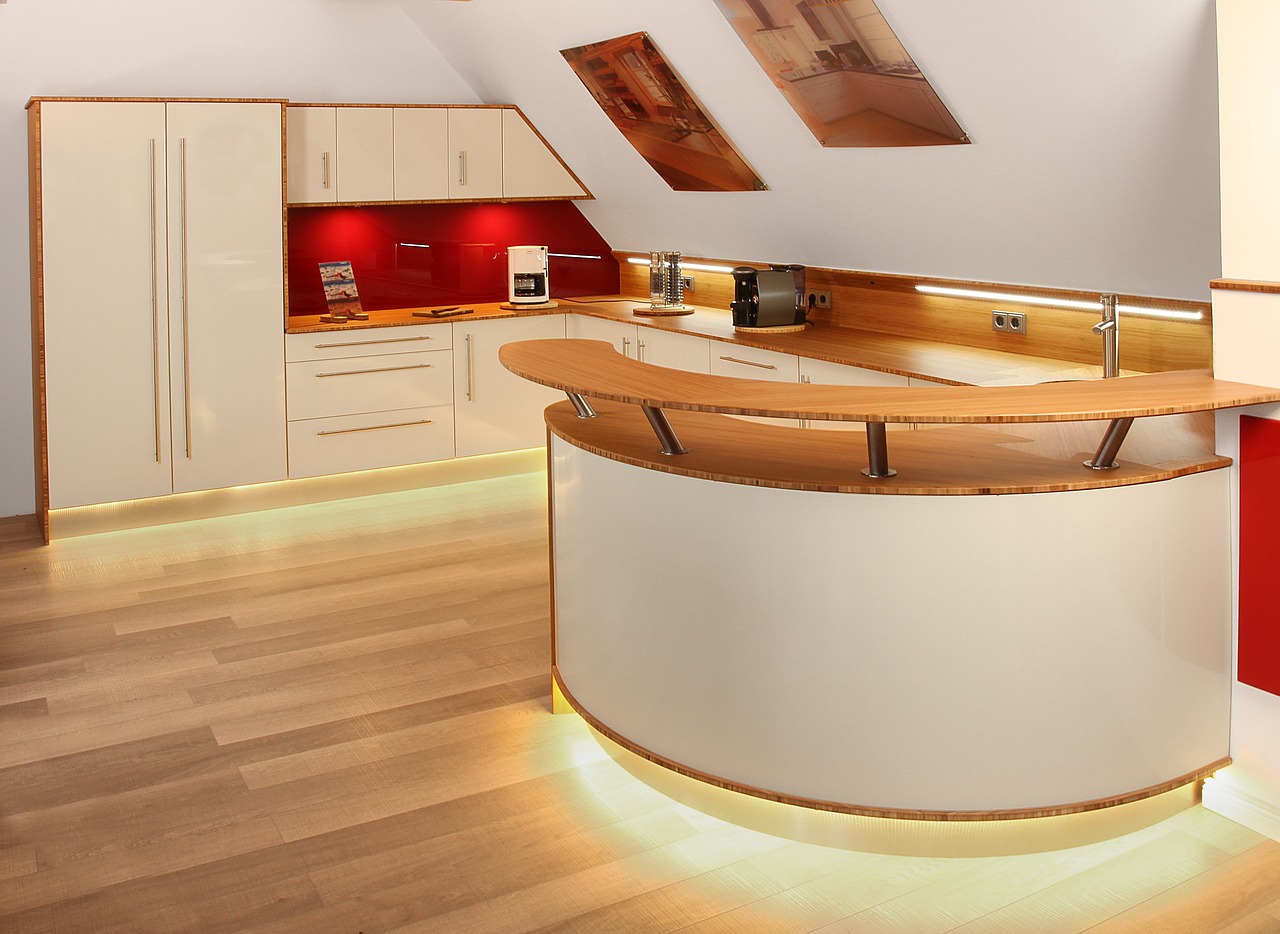If you own an office, a house, or a car, chances are you’ve encountered aircon refrigeration. It’s the process of removing heat and moisture from the air to create a comfortable indoor environment. Air conditioning systems use refrigerants to achieve this.
The aircon refrigeration cycle starts with the compressor, which pumps refrigerant gas from the evaporator to the condenser. The refrigerant gas is under high pressure, so it becomes hot as it travels through the condenser coils. The heat is expelled outside, and the refrigerant becomes a high-pressure liquid.
The liquid refrigerant next travels through an expansion valve, where it is allowed to expand and cool. The cool refrigerant moves through the evaporator coils and absorbs heat from the indoor air. This cools the air inside the room, and the refrigerant becomes a low-pressure gas again.
The aircon refrigeration cycle then repeats itself, with the compressor pumping the refrigerant gas back to the condenser to be heated and expelled outside. This continuous cycle keeps the indoor air at a comfortable temperature and humidity level.
It’s important to note that aircon refrigeration systems use specialized refrigerants designed to be both effective and safe. Older refrigerants, such as chlorofluorocarbons CFCs, were found to harm the environment and were phased out. Today, most air conditioning systems use hydrofluorocarbons HFCs or hydrochlorofluorocarbons HCFCs.
Regular maintenance is required to keep aircon refrigeration systems functioning correctly. Dirty evaporator coils, clogged filters, and low refrigerant levels can all reduce system efficiency and lead to higher energy bills. It’s recommended to have a professional HVAC technician service your air conditioning system yearly to ensure its optimal performance.
Some tips to keep your aircon refrigeration system working efficiently include changing the filter regularly, keeping the outdoor unit clear of debris and plant growth, and using a programmable thermostat to adjust the temperature when you’re not at home. Additionally, keeping doors and windows closed when running your HVAC system can help maintain a consistent temperature in the room.
It’s also essential to understand the difference between aircon refrigeration and ventilation. While refrigeration is the process of removing heat and moisture from indoor air, ventilation is the process of bringing fresh air into the space. Most HVAC systems provide both refrigeration and ventilation functions, but it’s essential to distinguish between the two.
Finally, it’s important to use your aircon refrigeration responsibly. Lowering the temperature of your home or office to extreme levels is not only unnecessary but can be harmful to both your health and the environment. Additionally, leaving your air conditioning system on at all times wastes energy and drives up your utility bill.
Aircon refrigeration is a crucial aspect of modern indoor comfort. Understanding how it works and how to maintain it can help keep your home or office at a comfortable temperature and humidity level, while also saving you money on energy costs. By using your HVAC system wisely and keeping up with routine maintenance, you can enjoy a cool, comfortable indoor environment without compromising your budget or the environment.





